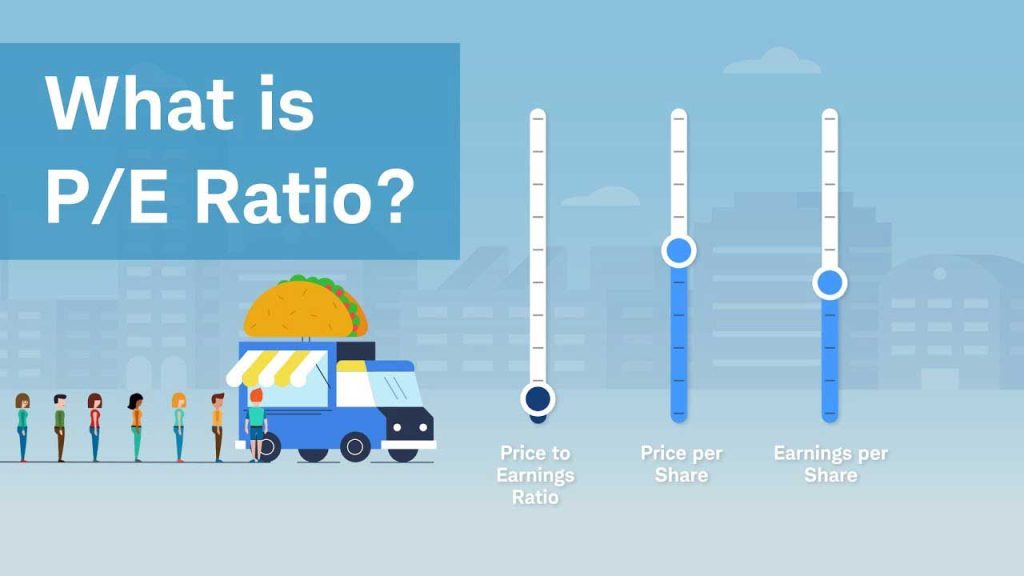The P/E Ratio assists investors in determining the fair value of an equity in relation to the business’s profits. In layman’s words, you learn just how much the market is able to pay for a share based on its past and potential profits.
A high P/E Ratio, for instance, indicates that a share value is strong compared to business earnings and could be overpriced. A low P/E Ratio, on the other hand, means that the stock price is low in relation to the business profits and is underpriced. Nevertheless, you should decide if the low share price is due to the business’s poor performance over time.
Profits are important for determining the worth of a business’s shares because investors would like to learn how profitable a business is and how attractive it can be in the future. Furthermore, if the business’s performance and profitability pace remain stable, the P/E ratio can be viewed as the amount of years it would take for the business to recoup the price paid for the stock. This ratio is frequently examined by investors because it provides a clear understanding of the business’s worth and assists them in determining how much they can pay for a share depending on its existing earnings.
Furthermore, if the business’s production and profit pace remain stable, the P/E ratio can be viewed as the number of years it would take for the business to recoup the price paid for the stock. This ratio is frequently examined by investors because it provides a clear understanding of the business’s worth and assists them in determining how much they can pay for a share depending on its existing profits.
Must Read – How to calculate Profit Earnings Ratio?
Profit Earnings Ratio Formula

Profit Earnings Ratio = Market Price per Share / Earnings per Share
High Profit Earnings Ratio
Avoid investing in businesses with high price-to-earnings ratios. It suggests that investors have stronger hopes for potential revenue growth and are ready to pay more now for them, indicating a promising future result. The downside of a high P/E ratio is that growth shares are frequently volatile, putting a great deal of pressure on firms to do something to support their higher value. As a result, trading in rising stocks is much more probable to be a risky bet.
Low Profit Earnings Ratio
Shares with a low price-to-earnings ratio are frequently regarded as underpriced. An organization with a low P/E ratio typically indicates poor current and potential results. This might turn out to be a bad investment. Even so, you can only purchase the business’s stock if the basics are solid. If you want to make money over time, you can invest in shares of underpriced firms with strong foundations.
Negative Profit Earnings Ratio
A business that is losing money or has poor profits which have a negative P/E ratio. Developed businesses, for example, can encounter periods of negative cash flow due to reasons outside their control. That being said, you should avoid investing in firms that have consistently negative P/E ratios because they may go bankrupt. Businesses are not publishing earnings per share (EPS) for certain years. They will be able to resist displaying a negative P/E in this manner.
Conclusion
The industry determines whether a P/E ratio is considered high or poor. Businesses in the IT and telecom sectors, for example, have a higher P/E ratio than businesses in other industries such as construction, textile, and so on. The P/E ratio is also affected by outside variables for example, a business’s merger & acquisition announcement will boost the P/E ratio. As a result, before spending, it is important to analyze the business’s background, taking into account all constituents.



